July In The Vegie Patch + Chooks In The Greenhouse
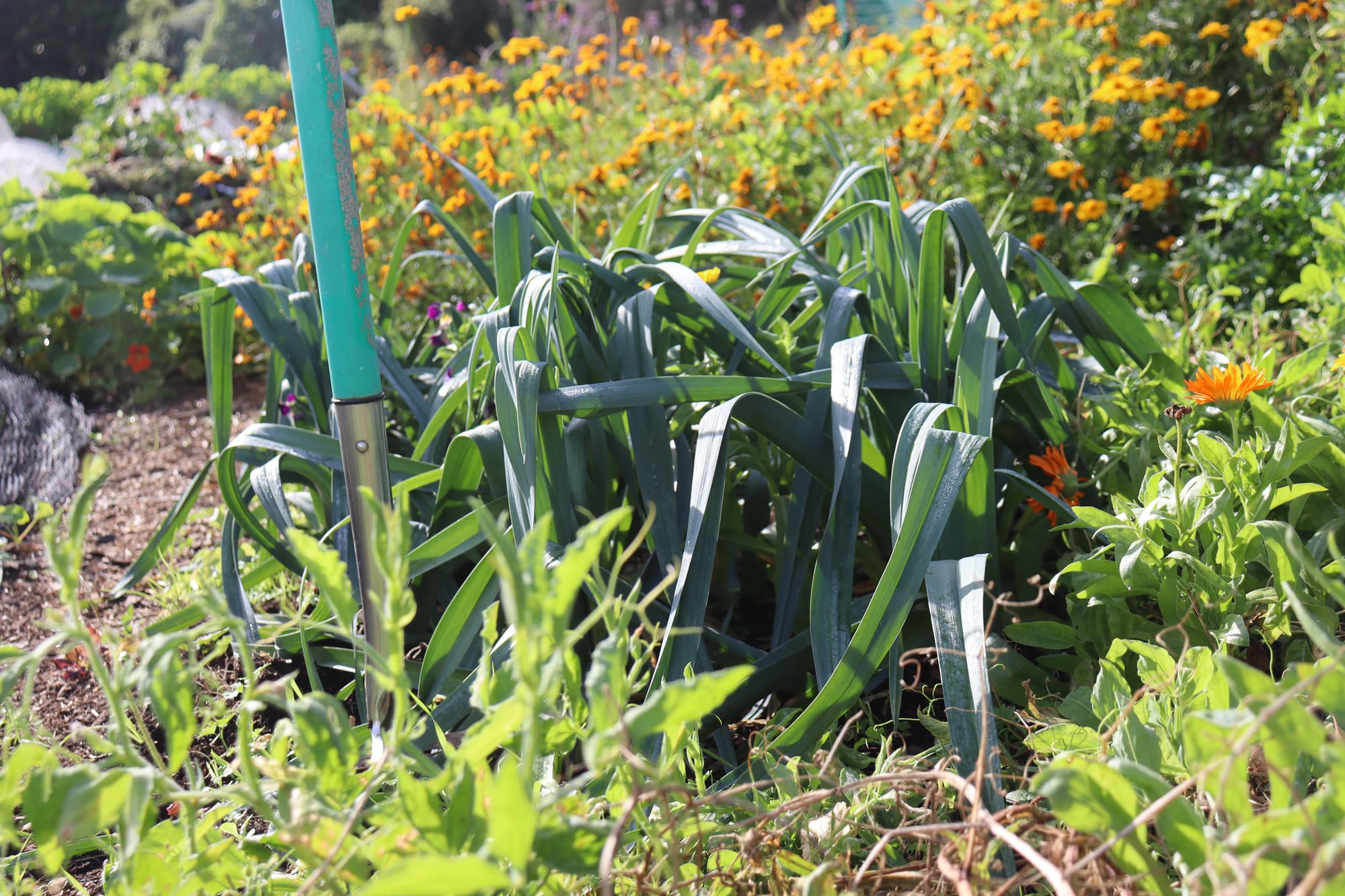
Even when its cold and frosty there's plenty of food to be had from the garden. Here's a quick round up of what we're harvesting to inspire you to a four seasons vegie patch.
Leafy greens abound - chard, spinach, parsley, kale, chickweed, cress, miners lettuce, endive, chicory and rocket. Bok choy, broccoli, cauliflower and cabbage ripen at steady intervals and we pick away at the stash of leeks, carrots, parsnips and yams that store so well in cold winter soils. Celery, beetroot, coriander, bok choy, gai lan and salads galore grow in the protection of the greenhouse.
Yip, I'd say July's pretty bountiful. Worth a bit of late summer/ autumn legwork don't you think!
Sow
Direct Sow
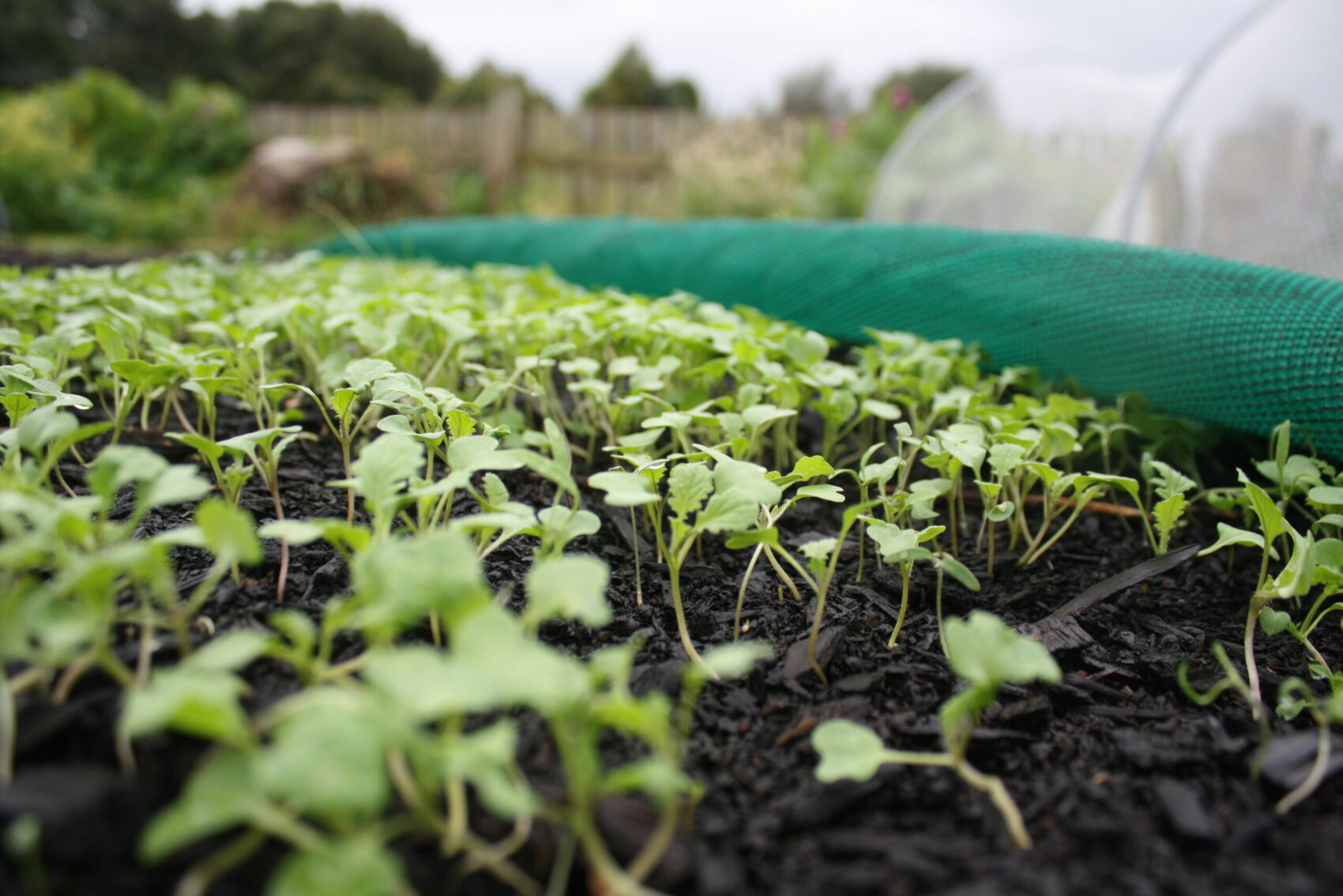
- Greencrops after brassicas or leeks
- Mizuna
Tray Sow

- Spring onions, red or brown onions
- A mix of brassicas
- Peas into plug trays or toliet rolls
Direct or Tray Sow
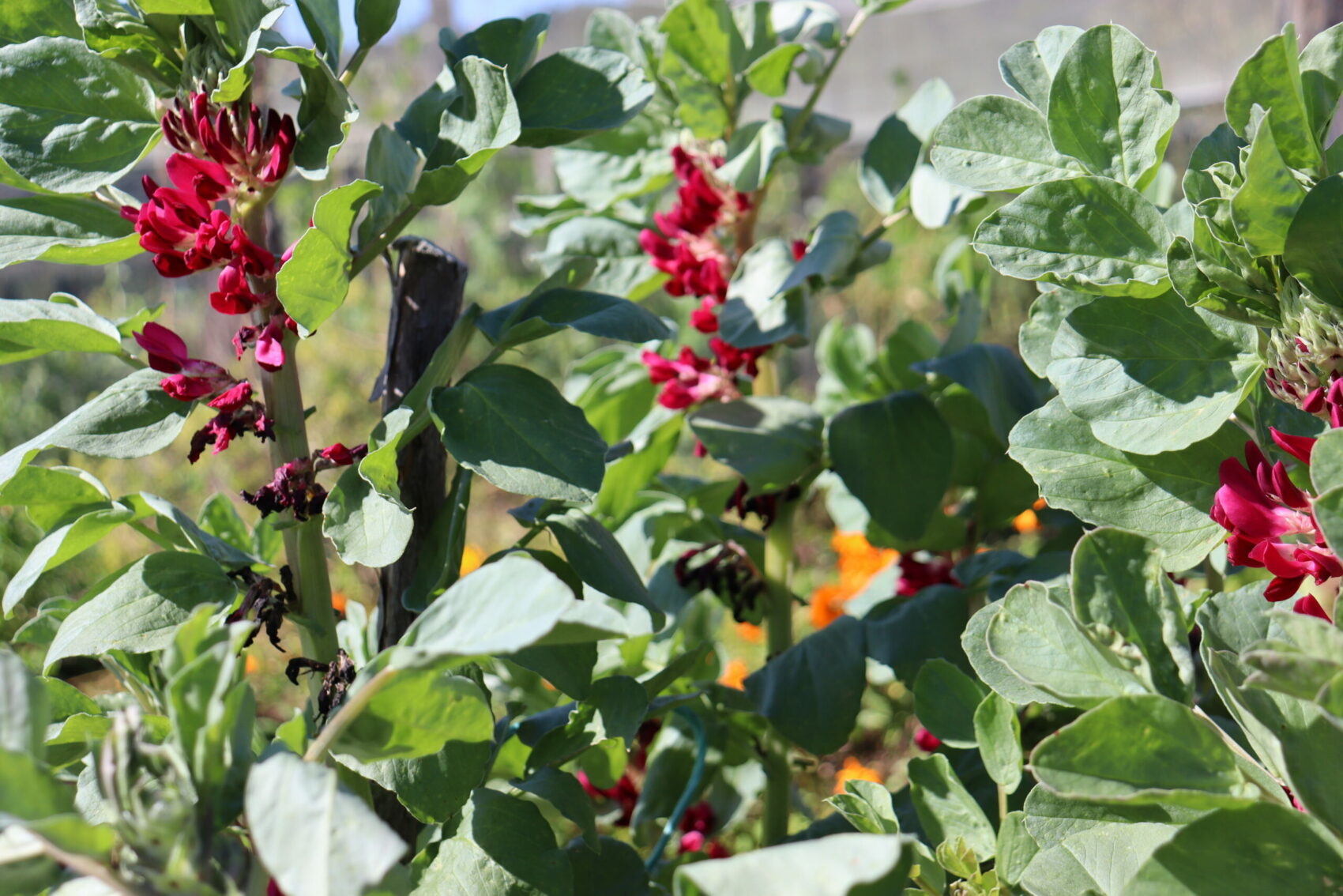
- Broadbeans - tray sow on heavy, clay soils
- Spinach, coriander, bok choy and beetroot in the greenhouse
Plant
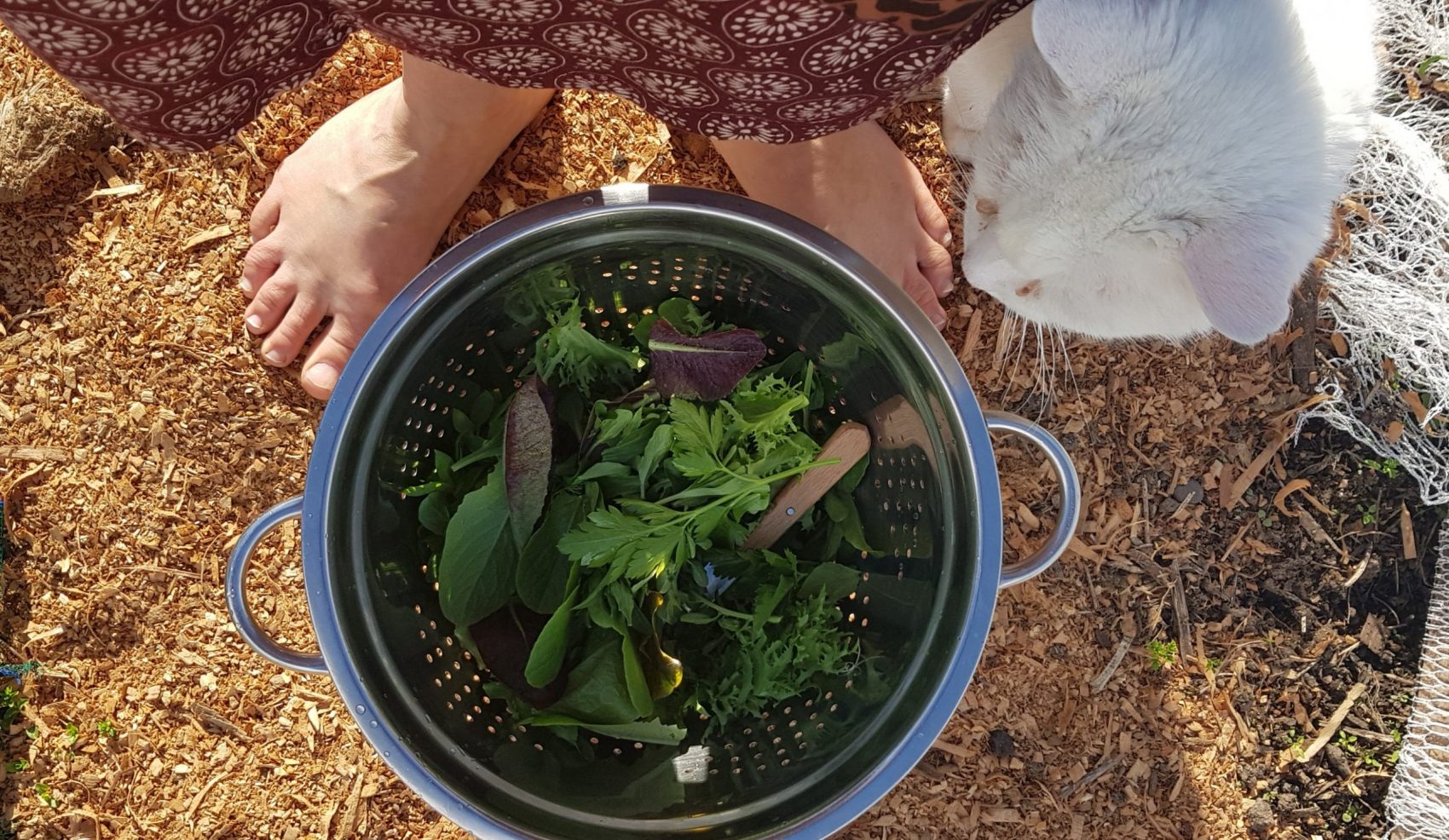
Mix it up! Plant a variety of varieties in mixed plantings to avoid big blocks of one. Diversity is the name of the game! It brings us a good variety for dinner and is the cornerstone of our gardens resilience.
- Broadbeans, peas and brassicas
- Garlic, spring onions, shallots, potato onions, red or brown onions
- Asparagus
- Horseradish - under fruit trees is a great place for this keen grower
- Salads, bok choy or beetroot in the greenhouse
Regular + odd jobs
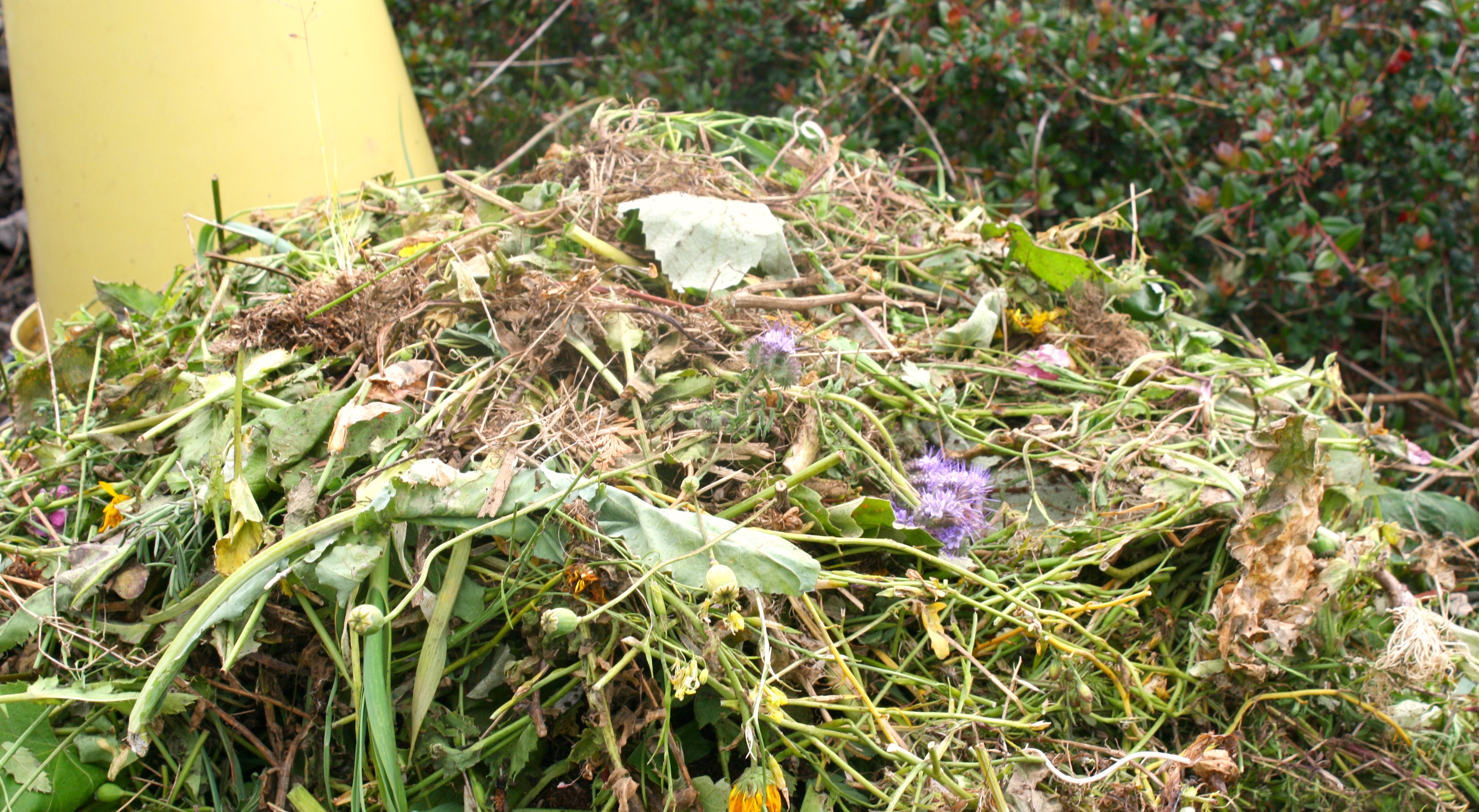
This month, wander your land and notice all the spaces that could be more diverse, ergo more resilient – more food and habitat for bees and beneficials, more groundcovers and more variety where there is only one. Then have fun, go shopping and get planting while winter is still here.
Gather OM (organic matter). Your monthly forage for a sack of seaweed, manure, leaves, pond weed, old hay - what ever your neighbourhood can spare. Pick up the excess, leaving enough for nature to fulfil her cycles. It's not about grabbing every last bit - there's no need when you forage in a little and often way.
Create new gardens. A compost pile is the strongest start for a new vegie garden.
Divide herbs and perennials, these are the backbone of the garden in so many ways. Spread them far and wide throughout to strengthen your soil, retain water, increase your biodiversity, your homemade mulch supply and bee fodder.
Let all your favourite leafys go to seed. Year on year the seed adapts and grows in strength. And strong is what we seek in this wild climate we find ourselves in.
Sort your seed stocks and make sure you have plenty of greencrops, flowers, greenhouse crops, spring crops and all your favourites because next month we get back into seed sowing.
July in the Greenhouse
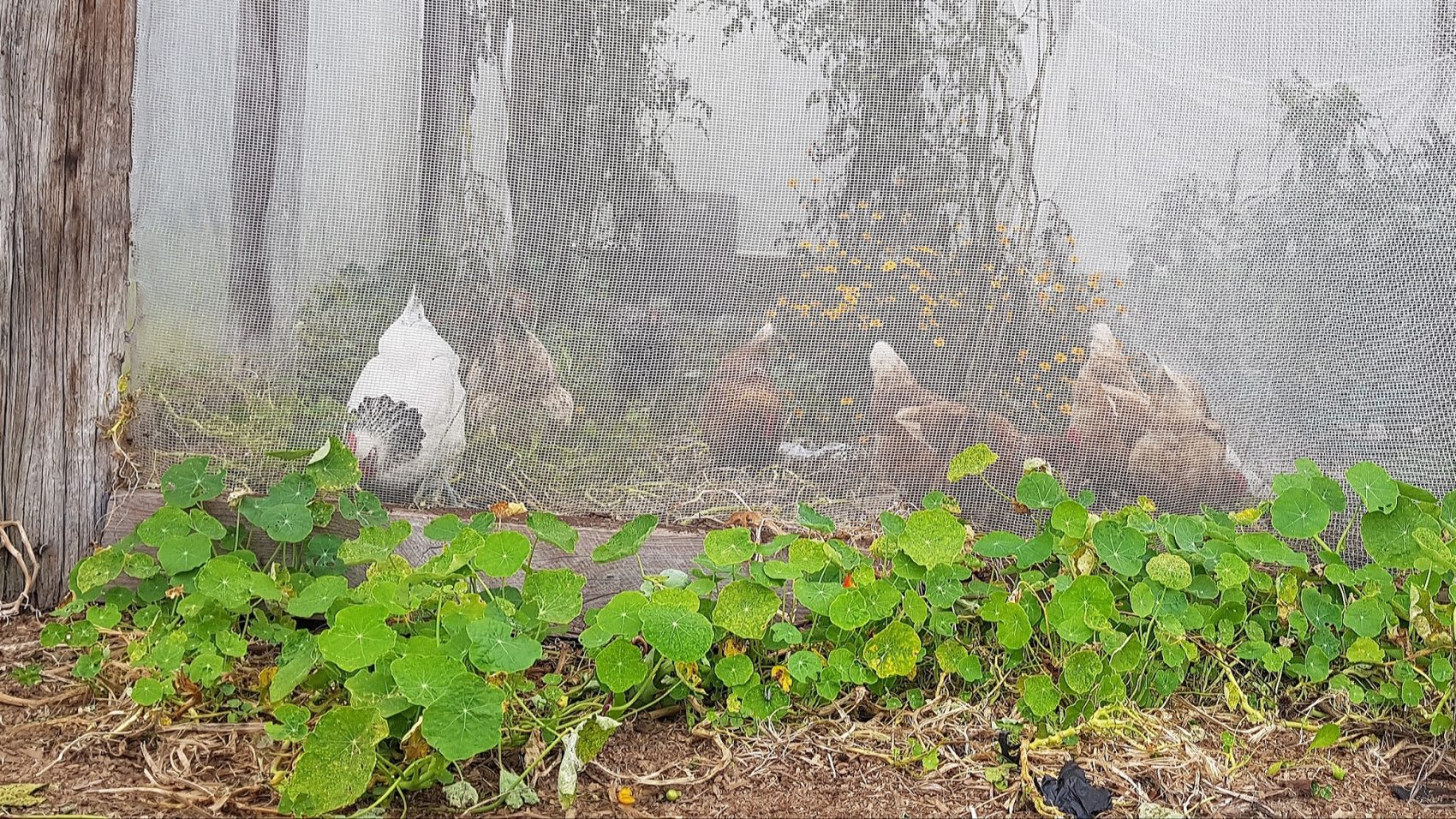
Come July, when the mustard is thigh high and the tomatoes and peppers are done, its time for the chooks to do their bit. I open the wee door in the back of the greenhouse, and let them amongst it. A new adventure (chooks are curious - they love new places!), clean ground (so important for top chook health), and heaps of fresh bugs to eat, is fair trade for weeding + pest control.
I toss in crop debris, organic matter and weeds from the garden for them to incorporate into the soil, along with the greenhouse crops, mulch, green crops + their poop: compost making with chooks - hello beautiful soil! With these guys on the job, I don't need as much compost for my spring plantings.
Birdnet hung from the overhead wires with clothes pegs and secured at the bottom with planks, protects our winter greenhouse crops of saladings, bok choy, beetroot and celery. The nets keep the chooks exactly where I want them.
In this simple, but effective way I can move them round the greenhouse as needed - kind of like mob grazing. As they finish in one area, I sow/ plant it up and screen them into another.
